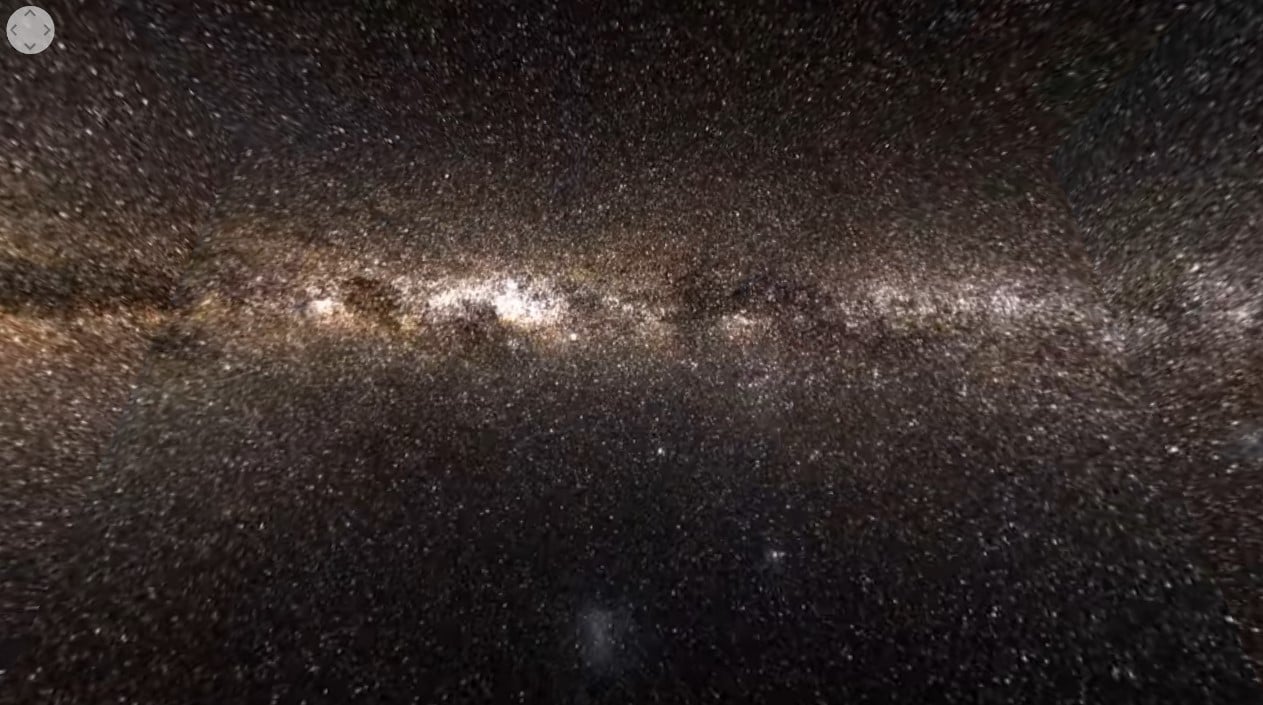A collection of scientists have published a new theory on how stars explode after careful observation of some of the fastest stars in the Milky Way.
After The European Space Agency’s Gaia spacecraft delivered a huge amount of data regarding the numerous stars in our Milky Way, scientists like Ken Shen were quick to get to work sifting through the massive amount of information in an effort to find stars worth studying. Shen identified some of the fastest stars, and he also discovered a missing component to his theory on how stars explode.
Shen’s theory on how stars explode concerns type Ia supernovae – stellar explosions so consistently bright that scientists have been able to use them to measure how big the known universe actually is. When these stars explode, they always display the same exact brightness which allows precise calculations of where they are located.
This information on how stars explode was instrumental in demonstrating that the expansion of the universe is accelerating – resulting in the 2011 Nobel Prize in Physics. It has also helped us validate the existence of Dark Energy. Type Ia explosions usually create and disperse heavy elements as well, which plays a key part in our study of the evolution of our galaxy.
But until now, we haven’t really understood how stars explode in this particular manner that kickstarts such a massive explosion.
At this point, Astronomers are convinced that white dwarfs, which are the Earth-sized remains of sunlike stars, are a key part in how stars explode into Type Ia supernovae, but a companion star is necessary to kickstart the explosion due to how stable the white dwarfs are by default.
The general theory is that another white dwarf or even a giant star must be present to push the star over into an explosion, creating the Ia supernova that has contributed so much to our understanding of the way the universe works.
However, Shen has a different idea – one which may have been confirmed by the new information found from the Gaia spacecraft.
He thinks that the two white dwarfs that trigger the Type Ia supernova never actually collide, instead having one star’s gravity pulling materials from the other star. The gas that it pulls in hits the area like a hammer, and is a main contributing factor in how stars explode.
This explosion would be so immense that it would kick the other star away at around a thousand kilometers per second, but until now the theory has remained just an idea rather than a proven concept.
The Gaia spacecraft is uniquely suited to discovering high-speed stars, and provided a number of stars that Shen and his team could investigate. From this data, Shen was able to flag seven candidate hypervelocity white dwarf stars.
Four of those turned out to be duds, but three of them exhibited the type of characteristics that would back up Shen’s theory. Specifically, they are around 10 times larger than the typical white dwarf because the outer layers were expanded during the Type IA explosion. The stars also don’t have hydrogen or helium, which would make sense if they donated the gas to the exploding star.
Shen and his colleagues then managed to track the stars back in time to find one of them originating from a faint supernova remnant within the Pegasus constellation, adding credence to his theory about how stars explode.
Overall, it’s an exciting discovery and likely just scratches the surface of the scientific advancement that data from the Gaia spacecraft will provide.





